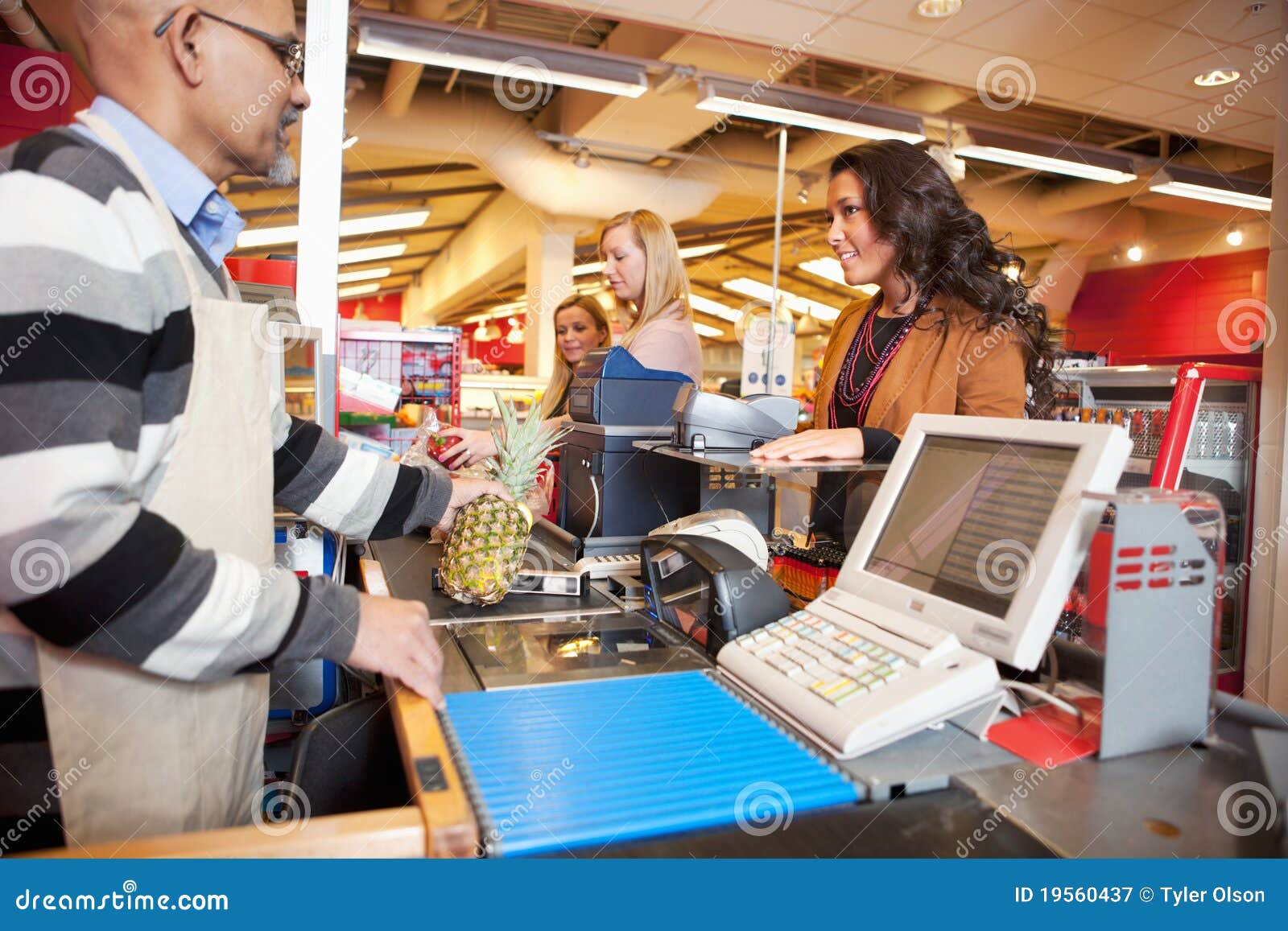
Some examples would be replacing barcodes of high-priced items with lower priced items or just not scanning an item or two. There is also a higher likelihood of theft occurring, as there are fewer employees monitoring the self-service check-outs, even though most systems are equipped with some form of anti-shoplifting technology. An experienced check-out cashier can keep the line moving and avoid these difficulties. All these require the attendant’s attention, which, if it occurs at multiple machines at once, increases the wait time for each customer. In some cases, customers simply don’t want to do the work of checking out themselves.
#Grocery store checkout verification
Often customers have difficulty scanning products and need assistance, whether the barcode or coupon doesn’t scan properly, or the product requires age verification or even not being comfortable or understanding the technology. Check-out stores solutions provide an alternative, improving customer service and maximising revenue for retailers. However, despite this preference, there are still many issues which can cause dissatisfaction when using these systems. Self-check-out systems have become a permanent fixture in the high street, with 63% of customers stating that they prefer self-service over service. In recent years there has been a shift in how customers pay for their shopping when visiting retail environments. It is important retailers have the correct system in place as a positive POS service can have an overriding impact on loyalty and an individual’s propensity to return to a store in the future. However, as with many elements of IT infrastructure, the point of sale (POS) has become progressively complex in recent years.

Arguably the most important interaction retailers will have with their customers is at the point of sale. Since the first barcode on a product was scanned at a supermarket in Ohio in 1974 using Datalogic technology, the check-out has played a key role in retail.


 0 kommentar(er)
0 kommentar(er)
